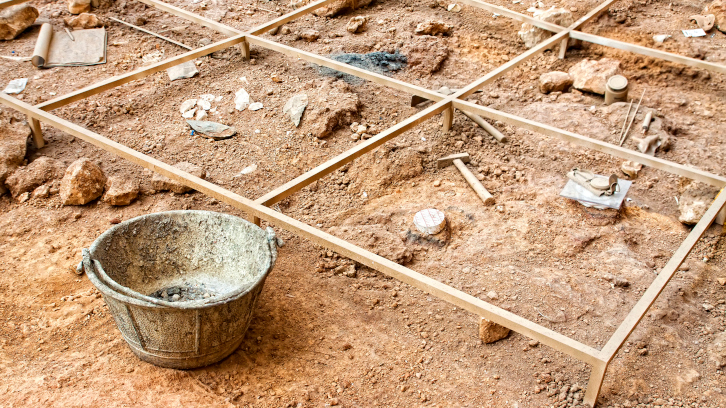New archaeological methods use biomarkers to investigate ancient cuisine

Researchers from the UAB Department of Archaeology and Koç University (Turkey) validate two new biomarkers in prehistoric pottery to reveal the recipes of ancient cuisine. These compounds specific to animal and vegetable fats offer a unique window into the pottery and the diverse culinary traditions of 9000 years ago in Anatolia and the Iberian Peninsula.
In an innovative research aimed at rediscovering ancient recipes, archaeologists and chemists are collaborating to recover traces of fats preserved inside ceramic vessels. After thousands of years underground, most of the culinary residues in these vessels are completely degraded and very difficult to identify. To alleviate this problem, researchers base their investigations on archaeological biomarkers: chemical compounds that are highly resistant to degradation and specific to a particular food or practice.
Understanding which chemical compounds can be used as biomarkers is not easy, but once identified, they can be used by archaeologists around the world to explore various cultural aspects, such as past gastronomy. Recently, using Neolithic ceramics from the Iberian Peninsula and the Anatolian Peninsula, together with several laboratory experiments, researchers from the Universitat Autònoma de Barcelona and Koç University, Istanbul, Turkey, have validated two new specific biomarkers for plant and animal fats cooked at temperatures between 100 °C and 300 °C.
Firstly, the presence of very long-chain fatty acids with an "oxo" group in specific positions is the result of heating the ceramic vessels at high temperatures after a period of disuse, as they result from altering partially degraded fats. The authors hope that biomarkers such as this one will help better to understand the lifespan of ceramics and their reuse, sometimes as grave goods. Secondly, researchers validated that ω-(2-alkylcyclopentyl) alkanoic acids are formed very easily when monounsaturated fats are heated, and in higher abundances than other cyclic biomarkers known so far. This will improve the ability to detect which ceramic vessels would have been exposed to fire for food preparation.
Although the main focus of these biomarkers is on culinary applications as the main activity, this discovery can also be extended to the study of lamps and other items used for lighting during periods when fats were used as fuel.
This work, published in the Journal of Archaeological Science and recently presented at the International Symposium of Biomolecular Archaeology (ISBA) in Estonia, is crucial to understanding our past. The authors are confident that new methodological tools such as these will be important for understanding how farming and herding societies first began using pottery some 9000 years ago in Anatolia; as well as the culinary practices of the first farmers and herders in the Iberian Peninsula, 7500 years ago. They are also confident that these discoveries will benefit other archaeologists interested in exploring other culinary and gastronomic traditions around the world.
Image of one of the Neolithic ceramic vessels used by researchers with specific archaeological biomarkers to explore the culinary and gastronomic traditions of the region.
References
Breu A, Türkekul A, Akyol ¿, Bach-Gómez A, Çakal C, ¿lker MF, et al. Caution! Contents were hot: Novel biomarkers to detect the heating of fatty acids in residues from pottery use. J Archaeol Sci. 2023;159. doi:10.1016/j.jas.2023.105854

